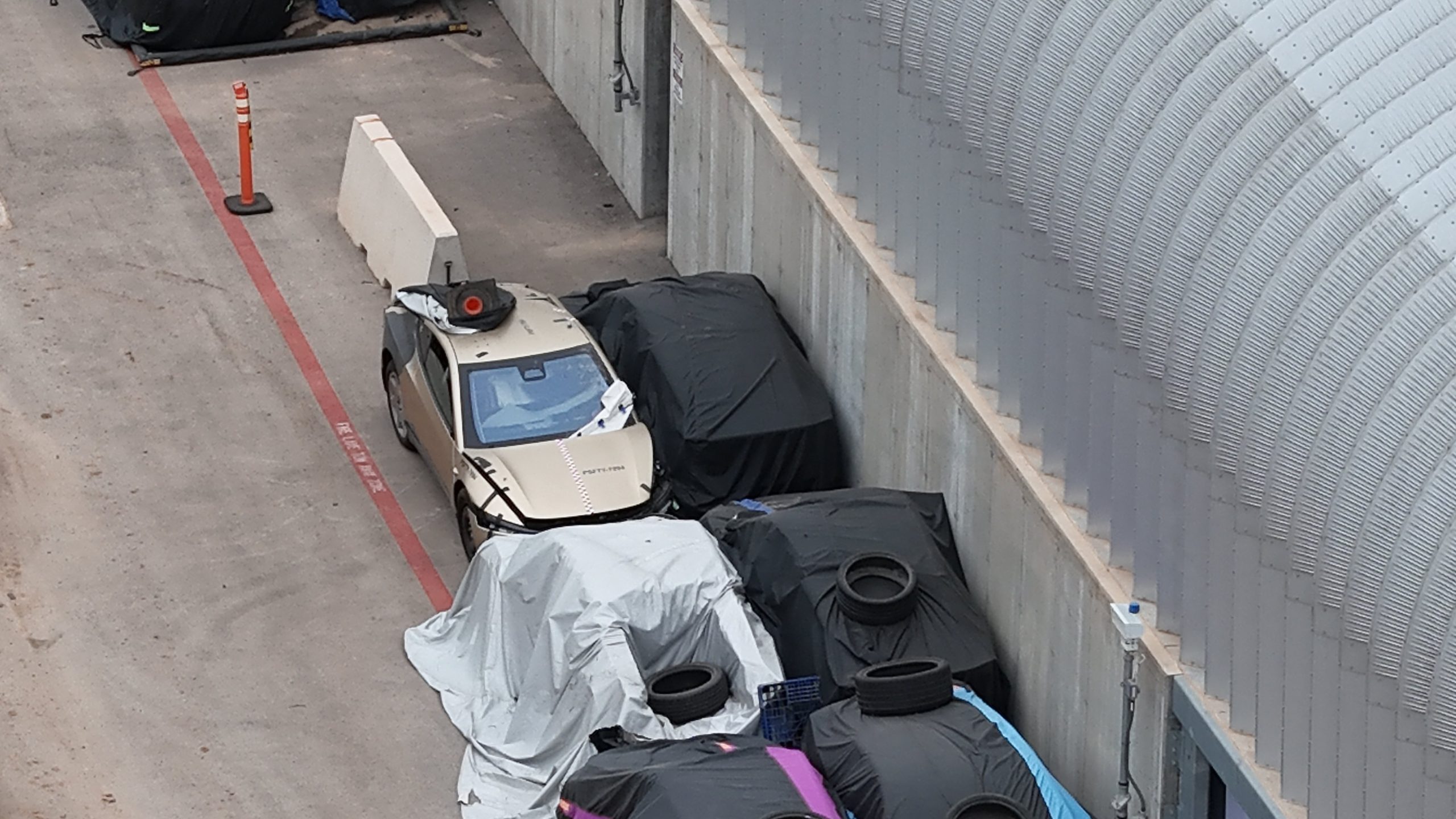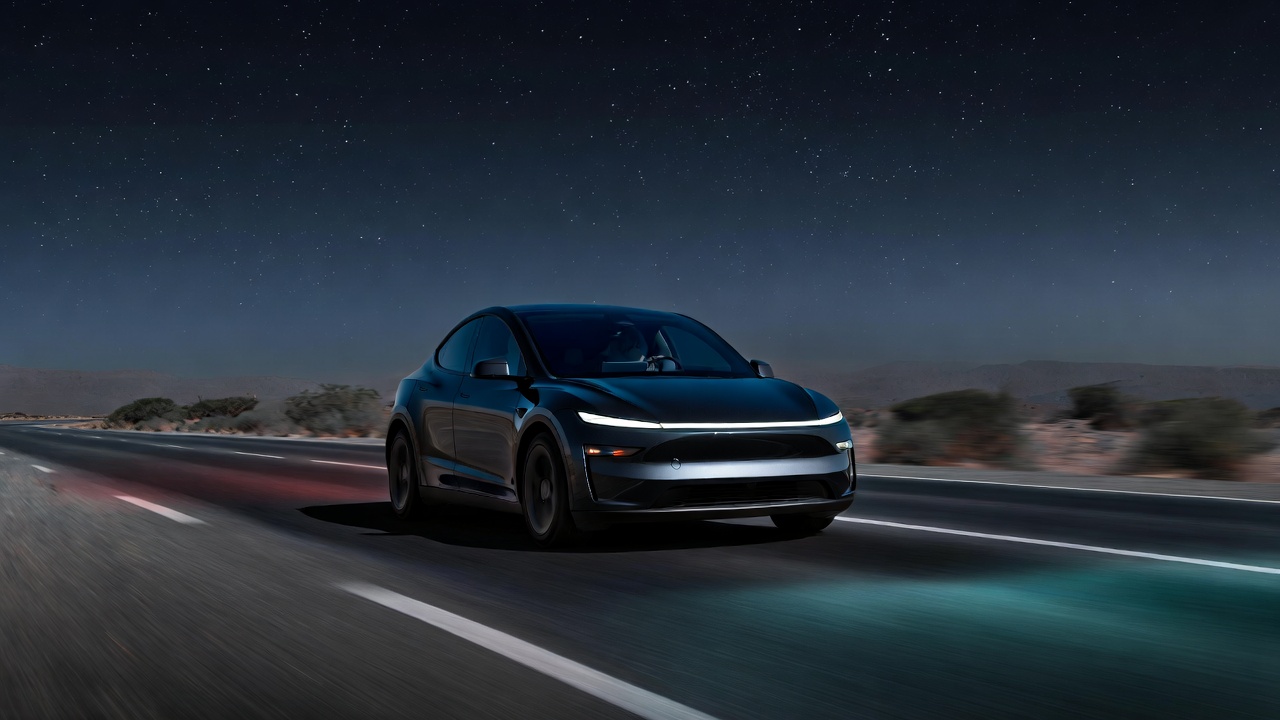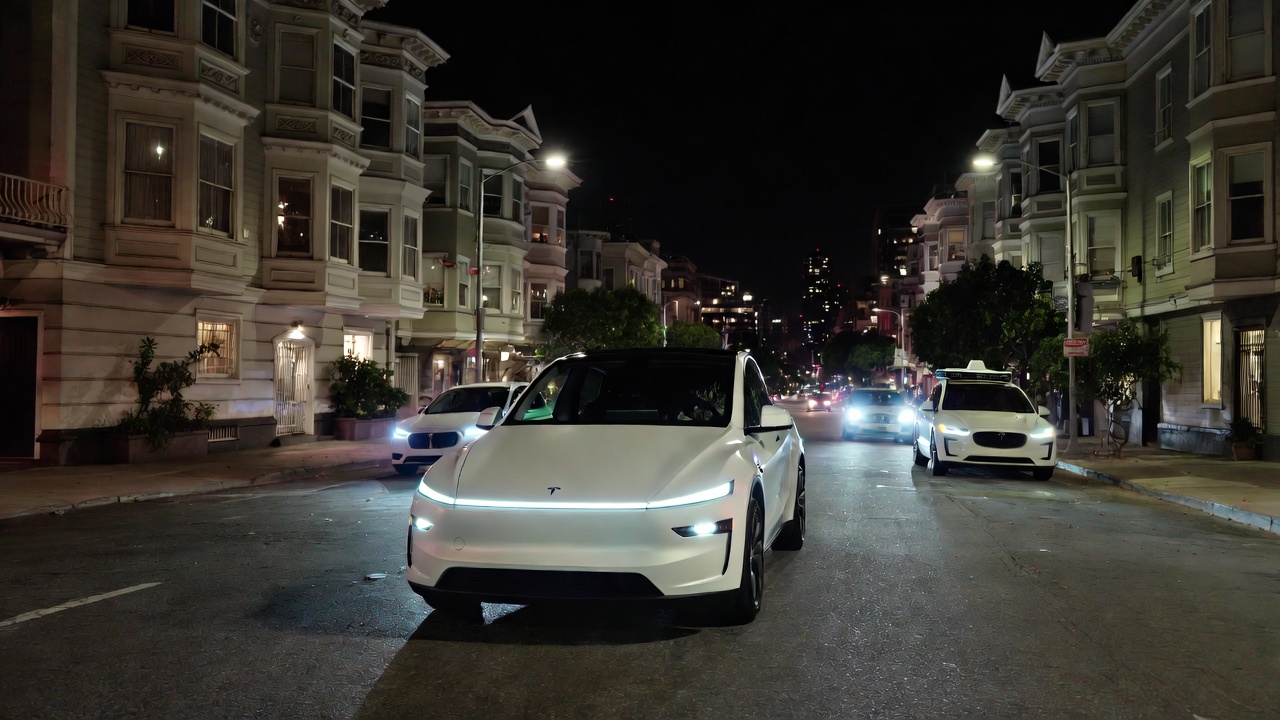

News
SpaceX test emergency egress drills ahead of upcoming crew mission
NASA and SpaceX are progressing full steam ahead to an epic launch of the crewed Dragon spacecraft. Known as Demo-2, the mission is estimated to blast off in mid-to-late May, marking the first-ever flight of the Dragon with astronauts on board.
As part of that historic mission, two NASA astronauts — Doug Hurley and Bob Behnken — will launch to the International Space Station, where they will spend a still to be determined amount of time. The mission, deemed critical by NASA, is progressing as planned despite the coronavirus outbreak that’s spreading across the country.

To that end, NASA and SpaceX personnel, along with the crew, practiced essential safety drills and launch day procedures at the space agency’s Kennedy Space Center in Florida. SpaceX’s Crew Dragon capsule, and its Falcon 9 launcher, are equipped with numerous safety features designed to protect astronauts in the event of an emergency. And NASA wants to make sure they work.
One system — known as a launch escape system — was recently tested in-flight, proving that if something is wrong with the Falcon, the crews can be whisked away to safety by Dragon. But what if something goes wrong on the launch pad? The launchpad is equipped with a zipline that can be used to whisk astronauts quickly back to the ground should an emergency happen.
On April 3, @NASA and @SpaceX conducted an emergency egress exercise at Launch Complex 39A at @NASAKennedy.
This demonstration was completed to ensure the crew & support teams can quickly evacuate from the launch pad in the unlikely event of an emergency: https://t.co/5xYN51WHGp pic.twitter.com/75LTRoyMKA
— NASA Commercial Crew (@Commercial_Crew) April 7, 2020
On Friday (April 3), SpaceX and NASA completed an important test of that system. Teams simulated an “emergency egress”, running through a series of steps designed to transport the astronauts off the pad, and ensure their safety in the event that a serious problem crops up prior to liftoff.
“Teams rehearsed locating injured personnel on the 265-foot-level of the launch tower, loading them into the pad’s slidewire baskets and safely descending the tower, then successfully loading the injured participants into Mine Resistant Ambush Protected (MRAP) vehicles staged at the pad perimeter,” NASA officials wrote in an update.
This follows a series of simulations that the teams ran last month. They gathered in Firing Room 4, SpaceX HQ, and Johnson Space Center to run through launch simulations, ensuring the crew and launch control teams were ready for anything on the day of launch.
The flight is one for the history books as it marks the return of human spaceflight from U.S. soil since 2011. When the space shuttle program ended, NASA and other agencies around the world relied solely on Russia to ferry their astronauts to and from space. But that was only temporary as NASA turned to private companies to build its next generation of space taxis in 2014.

Ever since, the agency’s two contractors, SpaceX and Boeing, have worked to build its own version of an astronaut transport. Following a successful uncrewed test flight, SpaceX’s Crew Dragon capsule will be the first to launch astronauts for NASA. If this mission goes well, the California-based spaceflight company will be certified to launch astronauts on a regular basis.
NASA astronaut Shannon Walker has been assigned to the first operational crewed flight of @SpaceX's Crew Dragon, bound for the @space_station!
Pending a successful Demo-2 test, Walker, @Astro_illini, @VicGlover and @Astro_Soichi will launch this year. https://t.co/eYUN1Zt6Y0 pic.twitter.com/Fi4hCEZV3W
— NASA's Johnson Space Center (@NASA_Johnson) March 31, 2020
It’s first crew of four people — NASA astronauts Michael Hopkins, Victor Glover Jr., and Shannon Walker and Japanese astronaut Soichi Noguchi — are set to fly later this year or the beginning of 2021, if all goes as planned.
Boeing completed its uncrewed test flight in December of last year; however, its capsule experienced an inflight anomaly and was unable to reach the space station. Following an extensive review, Boeing has decided to repeat its uncrewed test flight before it launches people. That flight is expected for some time this fall.

News
Tesla is not sparing any expense in ensuring the Cybercab is safe
Images shared by the longtime watcher showed 16 Cybercab prototypes parked near Giga Texas’ dedicated crash test facility.

The Tesla Cybercab could very well be the safest taxi on the road when it is released and deployed for public use. This was, at least, hinted at by the intensive safety tests that Tesla seems to be putting the autonomous two-seater through at its Giga Texas crash test facility.
Intensive crash tests
As per recent images from longtime Giga Texas watcher and drone operator Joe Tegtmeyer, Tesla seems to be very busy crash testing Cybercab units. Images shared by the longtime watcher showed 16 Cybercab prototypes parked near Giga Texas’ dedicated crash test facility just before the holidays.
Tegtmeyer’s aerial photos showed the prototypes clustered outside the factory’s testing building. Some uncovered Cybercabs showed notable damage and one even had its airbags engaged. With Cybercab production expected to start in about 130 days, it appears that Tesla is very busy ensuring that its autonomous two-seater ends up becoming the safest taxi on public roads.
Prioritizing safety
With no human driver controls, the Cybercab demands exceptional active and passive safety systems to protect occupants in any scenario. Considering Tesla’s reputation, it is then understandable that the company seems to be sparing no expense in ensuring that the Cybercab is as safe as possible.
Tesla’s focus on safety was recently highlighted when the Cybertruck achieved a Top Safety Pick+ rating from the Insurance Institute for Highway Safety (IIHS). This was a notable victory for the Cybertruck as critics have long claimed that the vehicle will be one of, if not the, most unsafe truck on the road due to its appearance. The vehicle’s Top Safety Pick+ rating, if any, simply proved that Tesla never neglects to make its cars as safe as possible, and that definitely includes the Cybercab.
Elon Musk
Tesla’s Elon Musk gives timeframe for FSD’s release in UAE
Provided that Musk’s timeframe proves accurate, FSD would be able to start saturating the Middle East, starting with the UAE, next year.

Tesla CEO Elon Musk stated on Monday that Full Self-Driving (Supervised) could launch in the United Arab Emirates (UAE) as soon as January 2026.
Provided that Musk’s timeframe proves accurate, FSD would be able to start saturating the Middle East, starting with the UAE, next year.
Musk’s estimate
In a post on X, UAE-based political analyst Ahmed Sharif Al Amiri asked Musk when FSD would arrive in the country, quoting an earlier post where the CEO encouraged users to try out FSD for themselves. Musk responded directly to the analyst’s inquiry.
“Hopefully, next month,” Musk wrote. The exchange attracted a lot of attention, with numerous X users sharing their excitement at the idea of FSD being brought to a new country. FSD (Supervised), after all, would likely allow hands-off highway driving, urban navigation, and parking under driver oversight in traffic-heavy cities such as Dubai and Abu Dhabi.
Musk’s comments about FSD’s arrival in the UAE were posted following his visit to the Middle Eastern country. Over the weekend, images were shared online of Musk meeting with UAE Defense Minister, Deputy Prime Minister, and Dubai Crown Prince HH Sheikh Hamdan bin Mohammed. Musk also posted a supportive message about the country, posting “UAE rocks!” on X.
FSD recognition
FSD has been getting quite a lot of support from foreign media outlets. FSD (Supervised) earned high marks from Germany’s largest car magazine, Auto Bild, during a test in Berlin’s challenging urban environment. The demonstration highlighted the system’s ability to handle dense traffic, construction sites, pedestrian crossings, and narrow streets with smooth, confident decision-making.
Journalist Robin Hornig was particularly struck by FSD’s superior perception and tireless attention, stating: “Tesla FSD Supervised sees more than I do. It doesn’t get distracted and never gets tired. I like to think I’m a good driver, but I can’t match this system’s all-around vision. It’s at its best when both work together: my experience and the Tesla’s constant attention.” Only one intervention was needed when the system misread a route, showcasing its maturity while relying on vision-only sensors and over-the-air learning.
News
Tesla quietly flexes FSD’s reliability amid Waymo blackout in San Francisco
“Tesla Robotaxis were unaffected by the SF power outage,” Musk wrote in his post.

Tesla highlighted its Full Self-Driving (Supervised) system’s robustness this week by sharing dashcam footage of a vehicle in FSD navigating pitch-black San Francisco streets during the city’s widespread power outage.
While Waymo’s robotaxis stalled and caused traffic jams, Tesla’s vision-only approach kept operating seamlessly without remote intervention. Elon Musk amplified the clip, highlighting the contrast between the two systems.
Tesla FSD handles total darkness
The @Tesla_AI account posted a video from a Model Y operating on FSD during San Francisco’s blackout. As could be seen in the video, streetlights, traffic signals, and surrounding illumination were completely out, but the vehicle drove confidently and cautiously, just like a proficient human driver.
Musk reposted the clip, adding context to reports of Waymo vehicles struggling in the same conditions. “Tesla Robotaxis were unaffected by the SF power outage,” Musk wrote in his post.
Musk and the Tesla AI team’s posts highlight the idea that FSD operates a lot like any experienced human driver. Since the system does not rely on a variety of sensors and a complicated symphony of factors, vehicles could technically navigate challenging circumstances as they emerge. This definitely seemed to be the case in San Francisco.
Waymo’s blackout struggles
Waymo faced scrutiny after multiple self-driving Jaguar I-PACE taxis stopped functioning during the blackout, blocking lanes, causing traffic jams, and requiring manual retrieval. Videos shared during the power outage showed fleets of Waymo vehicles just stopping in the middle of the road, seemingly confused about what to do when the lights go out.
In a comment, Waymo stated that its vehicles treat nonfunctional signals as four-way stops, but “the sheer scale of the outage led to instances where vehicles remained stationary longer than usual to confirm the state of the affected intersections. This contributed to traffic friction during the height of the congestion.”
A company spokesperson also shared some thoughts about the incidents. “Yesterday’s power outage was a widespread event that caused gridlock across San Francisco, with non-functioning traffic signals and transit disruptions. While the failure of the utility infrastructure was significant, we are committed to ensuring our technology adjusts to traffic flow during such events,” the Waymo spokesperson stated, adding that it is “focused on rapidly integrating the lessons learned from this event, and are committed to earning and maintaining the trust of the communities we serve every day.”








